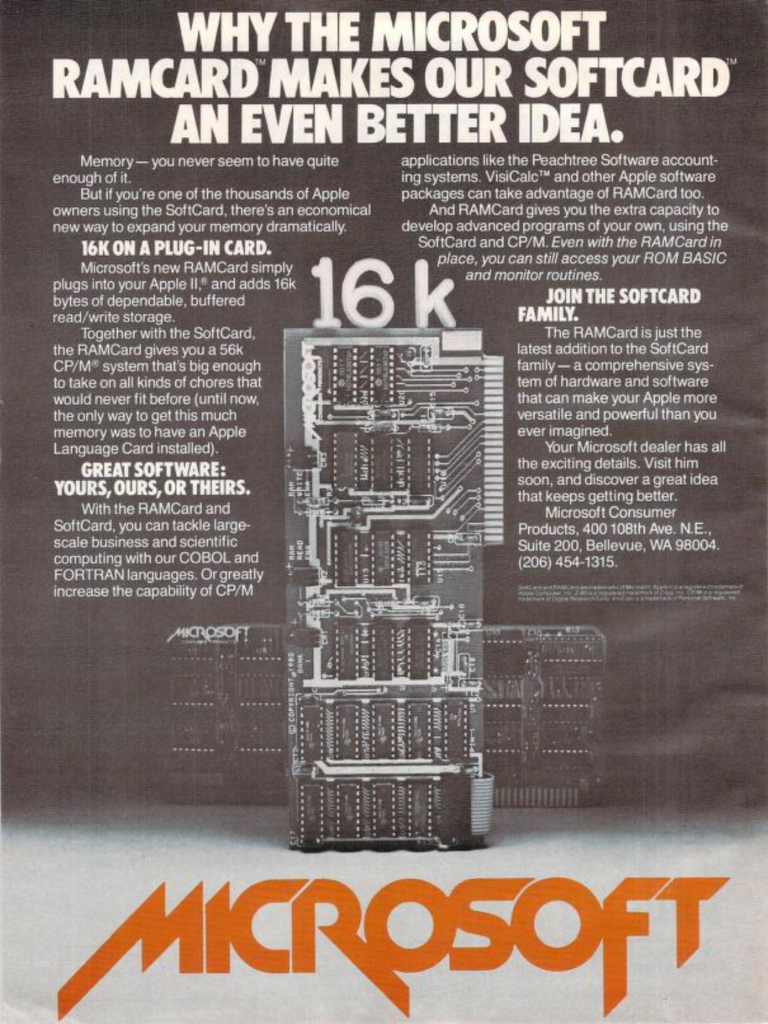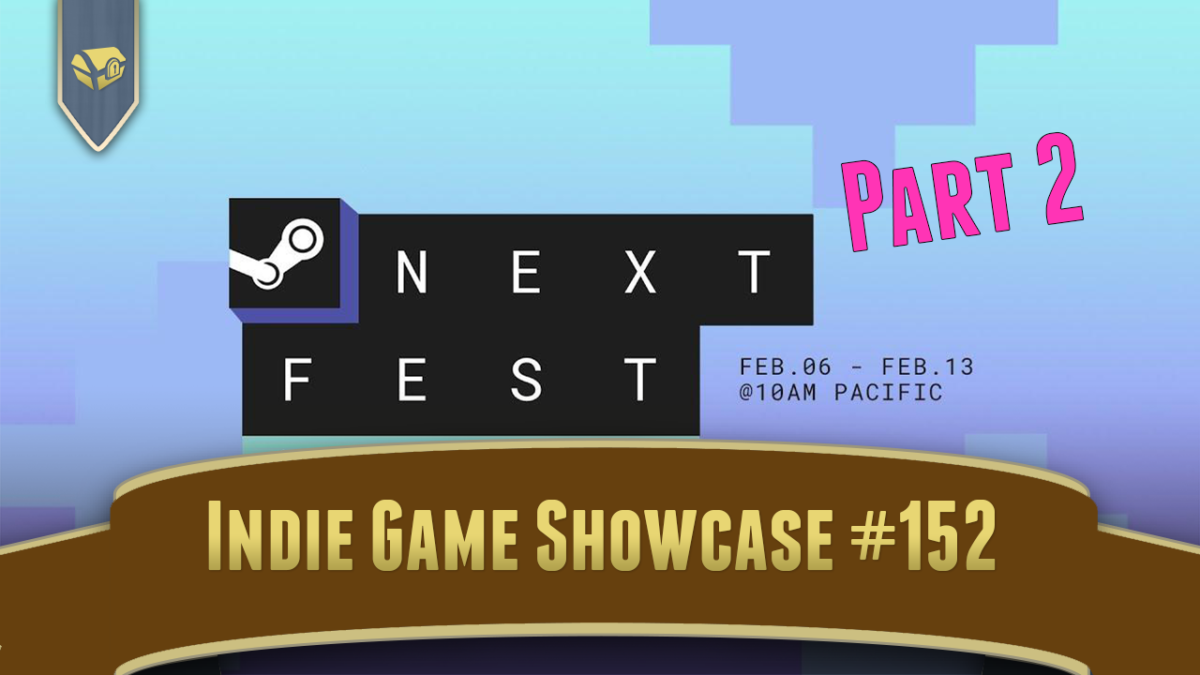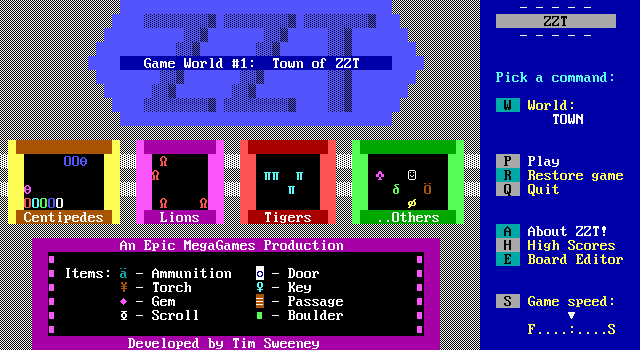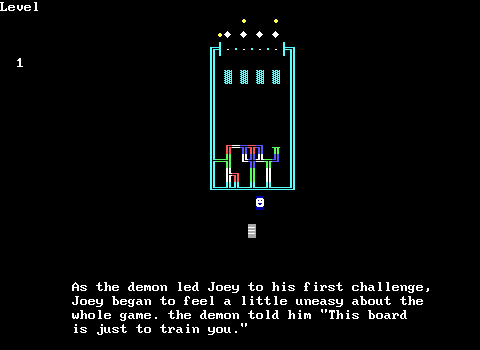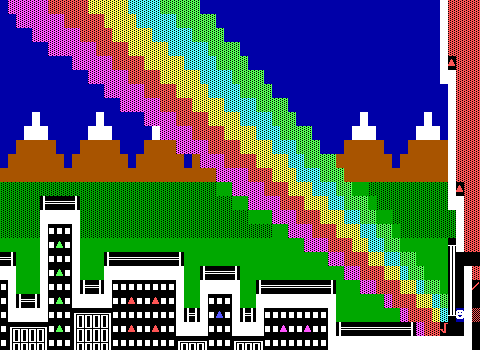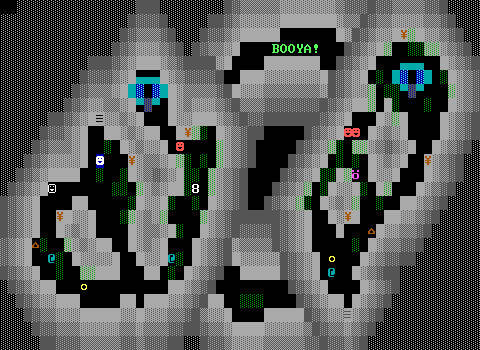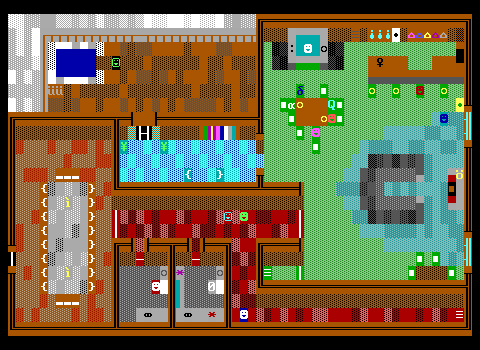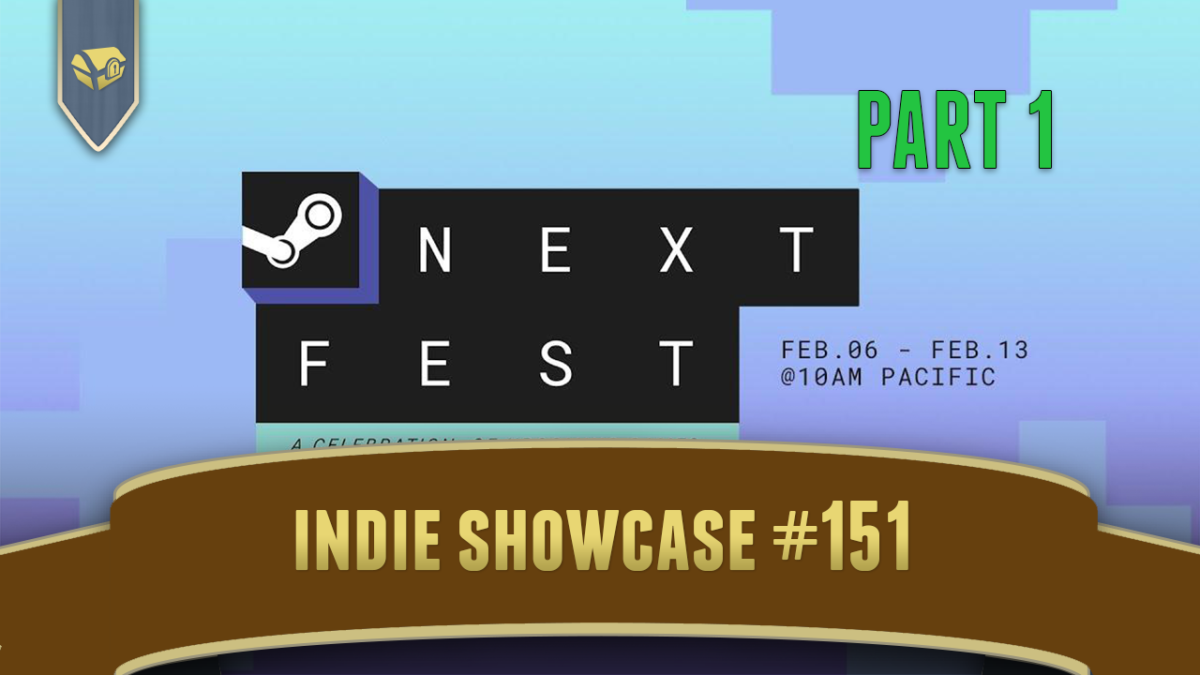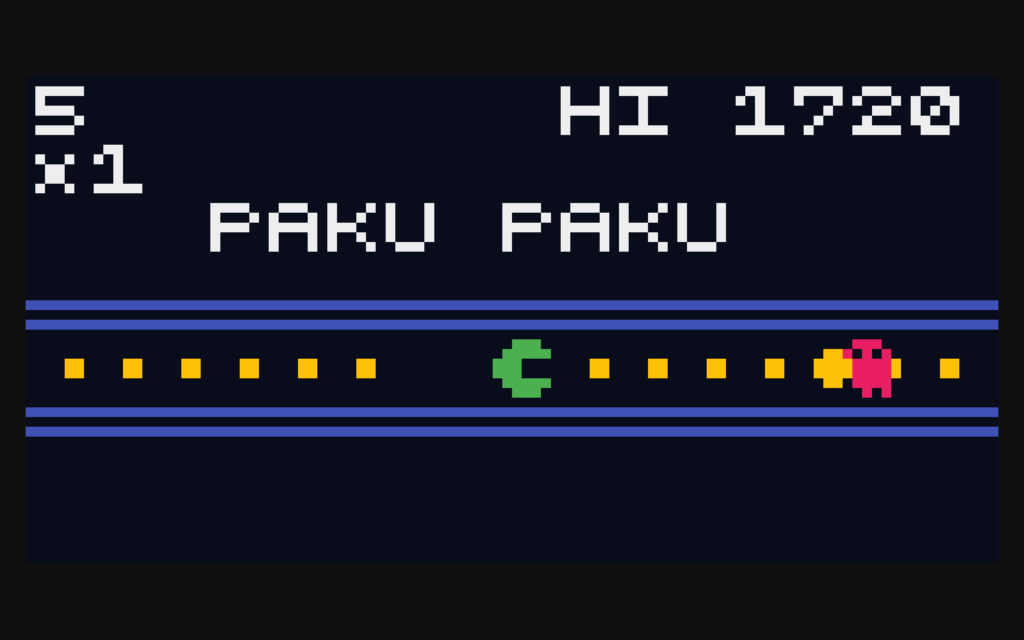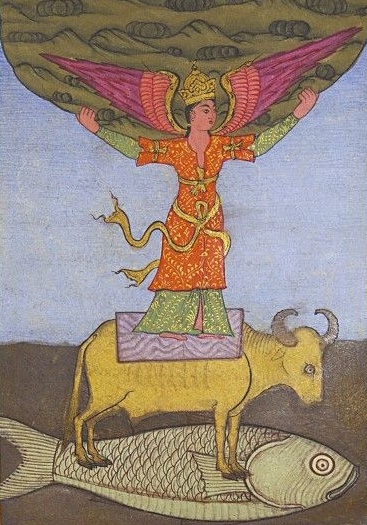Overseeing the early days of computing was Compute! Magazine, properly stylized with an exclamation point. They got their start as The PET Gazette, changing over to Compute as their focus spread into more types of home microcomputers. Compute stuck around as a multi-platform for some time, but ultimately spun off a couple of manufacturer-dedicated magazines. One of these was Compute’s Gazette, whose name harkened back to those PET-exclusive days. It focused on Commodore machines, and would then outlive Compute itself by some years.
The early years of Compute magazine are joyous. They’re filled with esoteric data, geeking out over low-level coding matters, and lots and lots of type-in programs. But it is depressing to me, reading over the early issues, knowing how numbered are its days. This whole genre of computer magazine, that encouraged users to type in programs, that offered coding tips, sometimes even offered add-on disks of software, is now only a memory. We are all poorer for it.
The writing on the wall for this style of magazine could perhaps be seen as early as September 1982, when Compute published an article about a great new upcoming product from Commodore, the Commodore 64. Not because of the style of the article or anything specific about the computer. Just that, by being so greatly popular, the C64 greatly expanded the magazine’s audience, which would inevitably steer it towards becoming more “mainstream,” which ultimately would be the death knell for a publication like this.
Still, it’s fun to look back on. Here is that article in image form, or you could find it on the Internet Archive, where the archives of Compute live on, for a time.
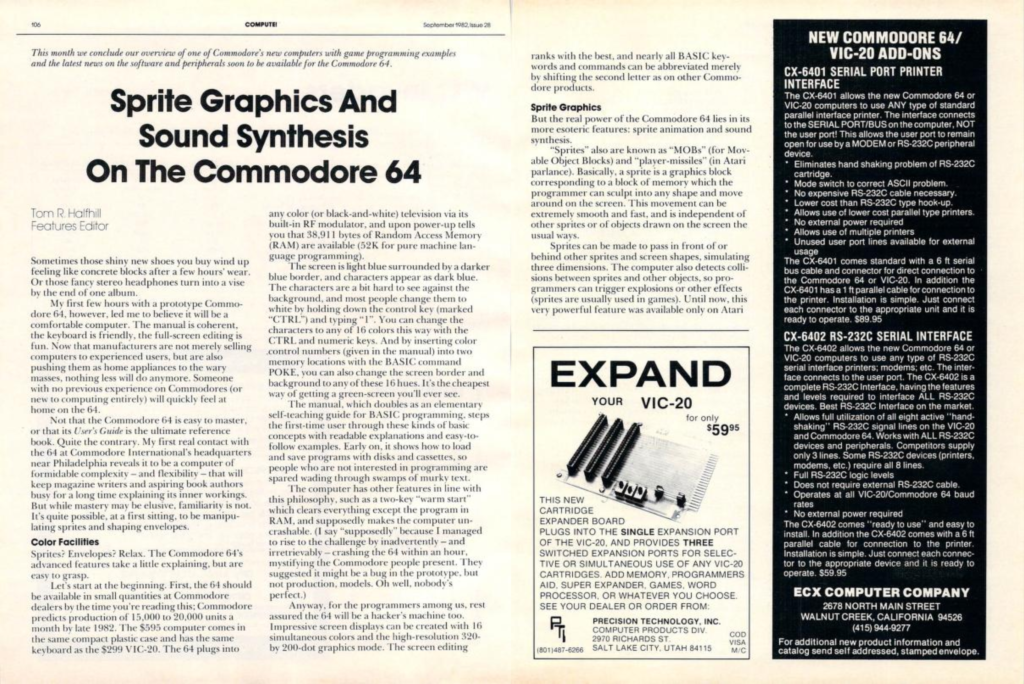
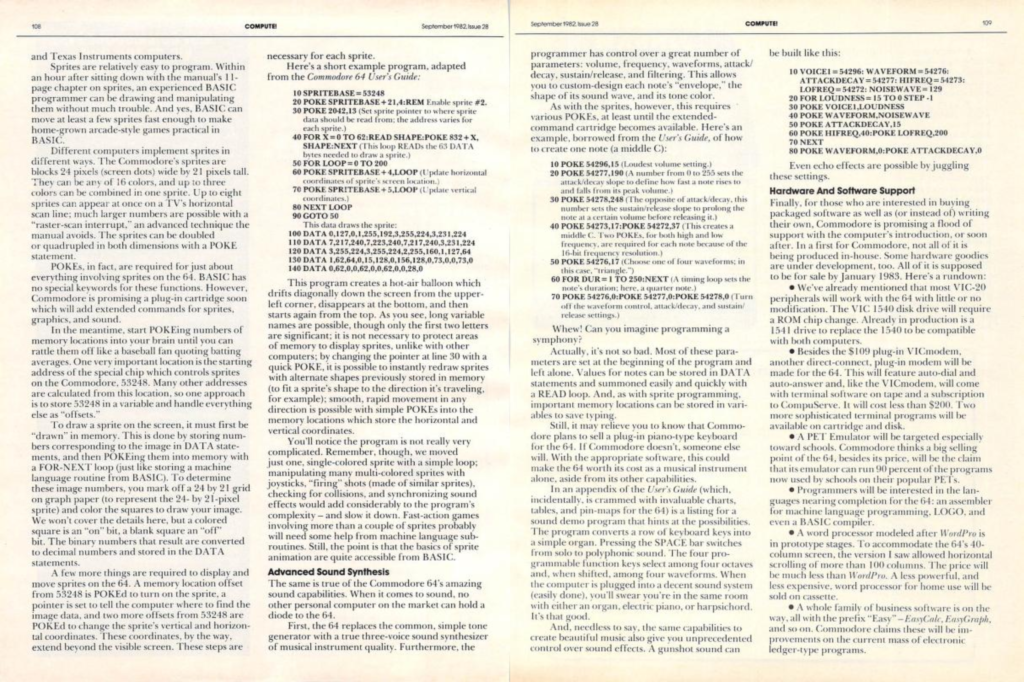
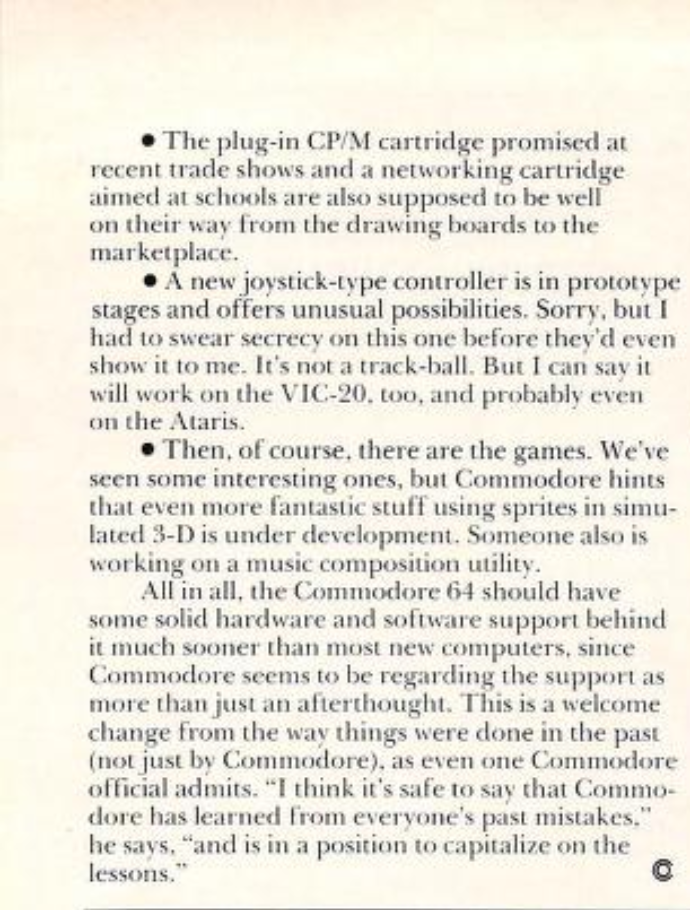
An extra, from that issue, is an ad for one of Microsoft’s first peripherals, a memory card for the Apple II:
